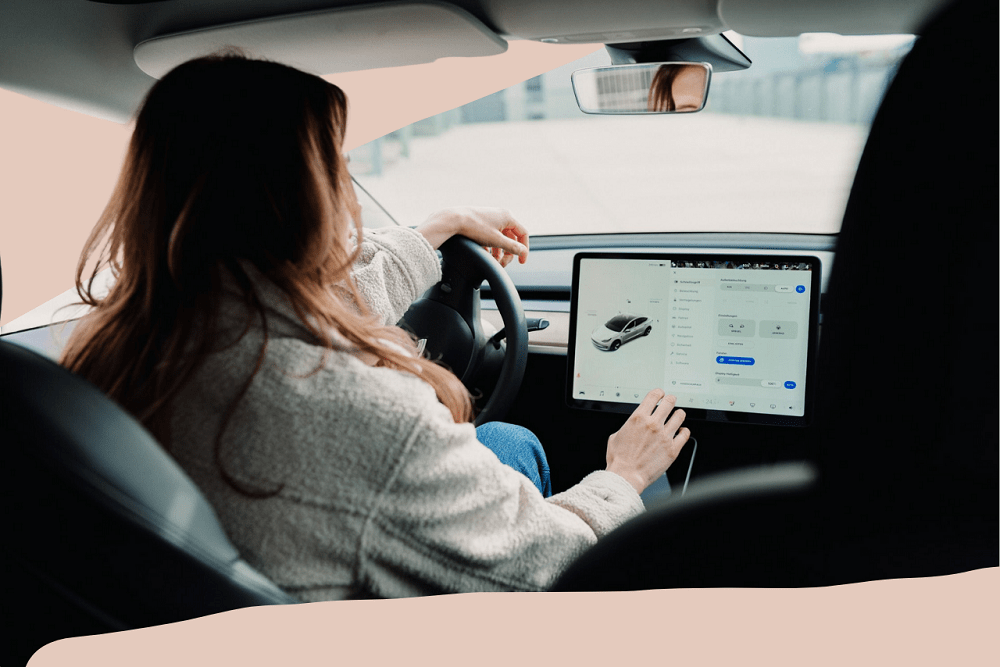Ten years ago, taking an electric vehicle on a long journey felt like preparing for an expedition – a test of nerve, patience and meticulous planning. Today, while the landscape has shifted dramatically in favour of electric travel, crossing the country in an EV still demands a different mindset from traditional driving. The challenges haven’t disappeared entirely; they’ve simply evolved.
This evolution of electric travel represents a fascinating shift in how we approach long journeys. Where once we thought in terms of fuel stations and quick pit stops, we now navigate a new world of charging networks, range management and strategic breaks. For those willing to embrace this change, the rewards can be significant – but success lies in understanding and preparing for the unique challenges ahead.
Smart Route Planning Makes All The Difference
The first challenge of any EV journey is mapping your charging points effectively. While apps like PlugShare make finding DC fast chargers straightforward, choosing the right stops requires careful consideration. The difference between a stressful journey and a smooth one often comes down to how well you’ve planned your charging strategy.
Most modern EVs now come with built-in navigation systems that can plot charging stops, but it’s worth cross-referencing these with dedicated apps. They often have more up-to-date information about charger status and user reviews that can alert you to potential issues before you arrive.

Understanding Your Range
Your car’s stated range is just the starting point. Motorway speeds, hills, temperature – they all play their part in how far you’ll actually get. The key is to be realistic. Build in a buffer, especially on unfamiliar routes, and resist the urge to push your range to its limits. Better to stop while you’re still comfortable than crawl into a charging station on your last electrons.
Cold weather can reduce range by up to 30% in some cases, while driving at 70mph versus 60mph might cost you 10-15% of your range. Getting to know these patterns in your specific vehicle makes planning much easier.
Making The Most Of Charging Stops
Even with DC fast chargers, you’ll spend more time charging than you would filling up with petrol. The trick is to make these stops work for you. Some of the best charging locations are at service stations with decent coffee shops or near local restaurants. Some pubs and restaurants even have their own dedicated charging stations! A 30-minute charge is just enough time for a proper break – something most of us should be taking on long drives anyway.
Remember that charging speed drops significantly after 80% on most EVs. Unless you absolutely need the extra range, it’s usually more time-efficient to charge to 80% and make an extra stop later.
When Things Don’t Go To Plan
Charging points can be busy, broken, or occasionally blocked by thoughtlessly parked cars. Having backup options isn’t just sensible – it’s essential. Keep at least one alternative charging location in mind for each planned stop, particularly in remote areas.
Consider joining multiple charging networks. While it might seem excessive, having backup options can be invaluable when your preferred network is having issues.
Temperature Management
One often-overlooked aspect of EV road trips is battery temperature management. Most modern EVs will pre-condition their battery when you set a DC fast charger as your destination – this ensures optimal charging speeds when you arrive. Make use of this feature by always having your next charging stop in your navigation system.
For longer trips in cold weather, try to park in covered areas overnight if possible. A cold-soaked battery charges more slowly and provides less range.

Payment & Access
Different charging networks have different payment systems. Some require apps, some take contactless payments, and others need RFID cards. Before setting off, make sure you have:
- Relevant charging apps installed and accounts set up
- Payment cards registered
- RFID cards for networks that require them
- A backup payment method, just in case
The Social Side Of Charging
Unlike petrol stations, charging points often become impromptu meeting places for other EV-heads. Don’t be surprised if you find yourself in conversations about routes, cars, and charging strategies, as well as slapping each other on the back for your environmentally-conscious purchase decisions. These exchanges can be valuable sources of local knowledge and tips.
Meeting The Challenges Head-On
Long-distance EV travel presents distinct challenges, from managing range anxiety to finding reliable charging points. But with proper preparation and the right approach, these challenges become entirely manageable. The key lies in understanding your vehicle’s capabilities, planning thoroughly, and remaining flexible when things don’t go exactly to plan.
The charging infrastructure continues to improve rapidly, with new high-speed charging hubs opening regularly. What seems like a significant challenge today might be remarkably straightforward in just a few months’ time. Meanwhile, careful planning and a practical mindset can transform potential obstacles into manageable parts of your journey.





